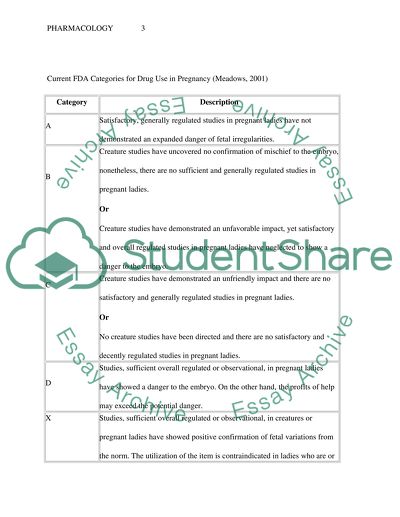Cite this document
(“Pharmacology Assignment Example | Topics and Well Written Essays - 1000 words - 1”, n.d.)
Retrieved from https://studentshare.org/nursing/1494562-pharmacology
Retrieved from https://studentshare.org/nursing/1494562-pharmacology
(Pharmacology Assignment Example | Topics and Well Written Essays - 1000 Words - 1)
https://studentshare.org/nursing/1494562-pharmacology.
https://studentshare.org/nursing/1494562-pharmacology.
“Pharmacology Assignment Example | Topics and Well Written Essays - 1000 Words - 1”, n.d. https://studentshare.org/nursing/1494562-pharmacology.


